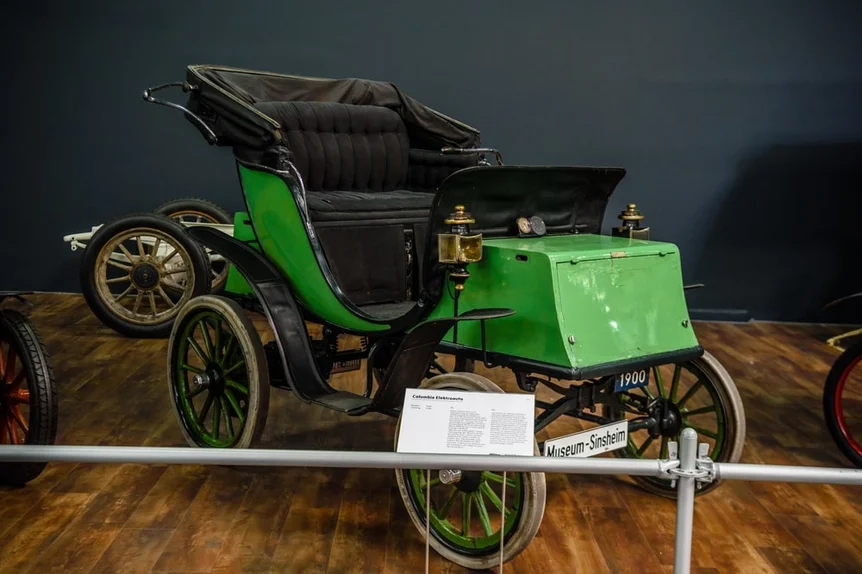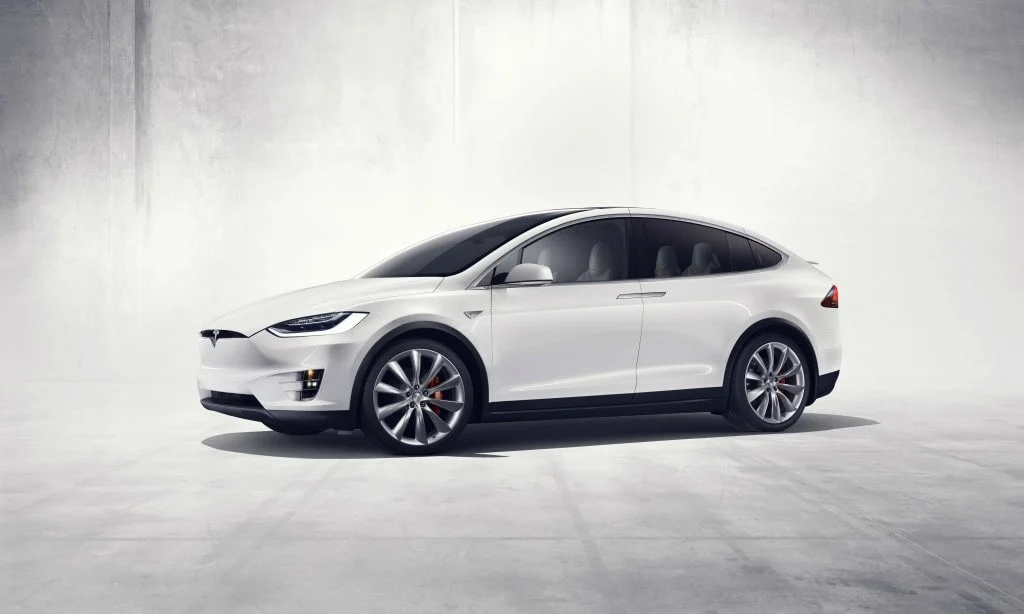
The surprisingly long history of electric cars
While electric vehicles (EVs) are now seen as the future of transportation, their history stretches back over a century. At the turn of the 20th century, there were actually more electric cars on the road than gasoline-powered ones. This changed when Ford's assembly line made gas-powered cars more affordable, shifting the balance in favor of internal combustion engines.
Despite this, electric vehicles never completely disappeared. They continued to evolve, and by the 21st century, they had made a strong comeback. Today, they're not just a niche option—they're a major force in the automotive industry, driven by environmental concerns, technological advancements, and government policies.
This article explores the evolution of electric cars, from their early beginnings to their current status as a key player in the global automotive landscape. It also looks at what the future might hold for this fast-growing sector.
Electric car history timeline
The history of electric cars can be divided into six main periods: the early pioneers (1830-1880), the transition to motorized transport (1880-1914), the rise of the internal combustion engine (1914-1970), the return of electric vehicles (1970-2003), the electric revolution (2003-2020), and the tipping point (2021-present).
First electric cars (1830-1880)
The origins of electric vehicles date back to the 1830s, with inventors in Europe and the United States experimenting with battery-powered vehicles. Although these early models were mostly prototypes, they showed the potential of electric mobility.

When was the first electric car made?
The earliest known electric vehicles were developed between 1828 and 1832. However, it wasn't until the late 1880s that the first "practical" electric car was created—by William Morrison, a chemist in Iowa, who converted a horse-drawn carriage into an electric vehicle.
Who made the first electric car?
Several inventors contributed to the development of early electric vehicles, including Robert Anderson, Anyos Jedlik, Sibrandus Stratingh, Thomas Davenport, and Gaston Plante. However, it was William Morrison who built the first practical electric car around 1890.
What was the first electric car?
Morrison's electric carriage could carry up to 12 passengers and reached speeds of 20 mph (32 km/h). It was a significant step forward in electric mobility, though still limited in range and performance compared to later models.
The transition to motorized transport (1880-1914)
As the 20th century approached, electric vehicles gained popularity, especially in urban areas where electricity was more readily available. Steam and gasoline vehicles were also common, but electric cars offered a cleaner, quieter alternative.

Who invented the internal combustion engine?
Gottlieb Daimler and Carl Benz independently developed the first gasoline-powered automobiles in 1886. These early cars required hand cranking and had no automatic transmissions, making them less convenient than electric vehicles at the time.
When did hybrid cars come out?
Hybrid vehicles emerged in the early 20th century, with Porsche developing the first hybrid car. However, it wasn’t until the 1990s that hybrids became more mainstream, thanks to the success of the Toyota Prius.
The rise of the internal combustion engine (1914-1970)
With the introduction of mass-produced gasoline cars, such as the Ford Model T, electric vehicles lost ground. Gasoline became cheaper and more widely available, while electricity remained limited to urban areas. By the 1930s, electric cars had largely disappeared from the market.

The return of electric vehicles (1970-2003)
The 1973 oil crisis reignited interest in alternative fuels, including electric vehicles. Companies like General Motors and NASA experimented with EVs, but they still faced challenges like limited range and high costs.
One major turning point came with the release of the Toyota Prius in 1997, which became the world’s first mass-produced hybrid. This helped pave the way for more electric and hybrid models in the following years.
Going electric (2003-2020)
In 2003, Martin Eberhard and Marc Tarpenning founded Tesla Motors, aiming to create a high-performance electric car. Their efforts led to the launch of the Tesla Roadster in 2008, followed by the Nissan Leaf in 2010, which became one of the best-selling electric cars of its time.

During this period, battery technology improved significantly, reducing costs and increasing range. This made electric vehicles more attractive to consumers and encouraged more automakers to invest in EV development.
The tipping point of EV growth (2021 and beyond)
By 2021, electric vehicles had reached a critical point in their adoption. Sales soared, and governments worldwide introduced policies to accelerate the shift away from fossil fuels. Norway, for example, is leading the way with nearly 80% of new car sales being electric.

Looking ahead, the trend shows no signs of slowing down. With continued investment in charging infrastructure and growing consumer demand, electric vehicles are set to become the dominant form of transportation in the coming decades.
The future of electric cars
As the world moves toward a more sustainable future, electric vehicles will play a crucial role in reducing carbon emissions and promoting cleaner energy use. Governments, companies, and individuals are all investing in this transition, signaling a bright future for electric mobility.

The International Energy Agency predicts that the number of electric vehicles on the road will grow dramatically in the next decade, reaching hundreds of millions by 2030. With continued innovation and policy support, the electric car revolution is only just beginning.






